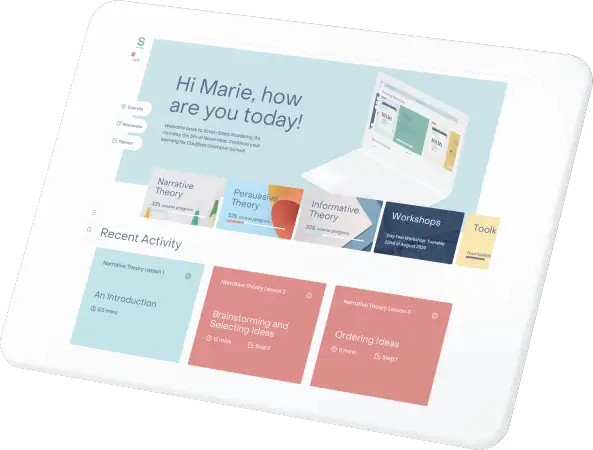For many people, the era of COVID-19 has seen time stretch and contract. Days seem long, or short, or they zip past in a zooming rush.
Many Australians look back on lockdown days as a period when time stood still, while others, perhaps still in the middle of it, are wondering if it’s still April.
Our students are likely to remember this year for the rest of their lives. We don’t know which parts will stick with them most – the bushfires, the virus, the toilet paper crises, the memes and jokes and programs of the year.
Deep-cutting losses close to home, or the vague unsettling anxiety like smoke since the year began.
Time and memory
This time is a time for writing.
We immediately think of narratives, poetry and other forms of expressive creative writing, but COVID-19 and the events of 2020 can also lend themselves perfectly to informative writing.
We’ve all sustained a huge social shock. Think about telling the people of the future what it was really like:
- How would students record the reality of their experience for the future?
- What would they say to a future self?
- How can their writing be a time capsule, bringing to life the real feeling of these days?
Making it work
Shelley Sharpe, Year 5 teacher at Sunrise Christian School did just that with her students, asking them to write a ‘Life in Lockdown’ piece as the culmination of a unit of study into informative writing.
She started by introducing the Seven Steps theory and skills, one Step at a time (starting with Sizzling Starts), building up the skills for seven weeks before her students wrote their lockdown information reports.
Remember the ‘secrets’ of Chunking and Repetition? This is how it works.
A learning sequence for informative writing, with an end piece being an informative ‘Life in Lockdown’ text.
View the Informative Writing Course on Teacher Hub here.
Weeks 1 & 2
Step 2: Sizzling Starts (get your resources here)
Learn the theory.
Do multiple short practise starts on lots of topics.
At the end of each week, send your best Sizzling Start to the teacher.
Weeks 3 & 4
Step 3: Tightening Tension
Learn the theory.
Practise ‘Writing Like a Witness’ on a newsworthy topic.
Use the ‘In the Moment’ activity template to describe a factual event.
At the end of each week, send your best Tightening Tension paragraphs to the teacher.
In Week 4 students also learn research skills about identifying facts versus opinions.
Weeks 5 & 6
Step 7: Endings with Impact
Learn the theory and list boring endings.
Hunt in news reports and informative videos for examples of the three ending techniques (link to the beginning; call to action; make the reader think). Repeat with different texts.
Write Endings with Impact for a given set of facts about an animal, place or thing.
Week 7
Step 5: Show, Don’t Tell
Learn the theory and use the ‘5 + 1 Senses’ activity template.
Look for examples of ‘One is powerful’ (one item represents many) and ‘Walk a mile in their shoes’ (empathy for people and animals) in advertisements and informative texts.
Practise using all three techniques.
Week 8
Step 1: Plan for Success
Step 4: Dynamic Dialogue
Learn the theory, especially the two parts to planning (brainstorming, and sorting and planning on the writing graph).
Begin planning the Life in Lockdown text.
Interview someone at home about lockdown, making sure to collect all the details accurately. Save this for your report.
Week 9
Step 6: Ban the Boring
Learn the theory, then focus on big picture editing.
Show a draft of the Life in Lockdown to a parent to assess using ‘Two Stars and a Wish’ before submitting final good copy to the teacher.
Results
Shelley structured the Steps, releasing them in small bites, chunking and repeating the key techniques. They used text and video on lots of topics that were likely to appeal to her students. Towards the end of the unit, the focus narrowed in on the ‘Life in Lockdown’ theme.
The end pieces of writing from Shelley’s students showed the maturity and capability of her class, with some evocative yet informative writing from a year to remember.

The final outcome
Thank you to students, Monty, Lillian, Ella and Isaiah, for sharing their writing with permission, and to Shelley for her inspiration and support. Great work!
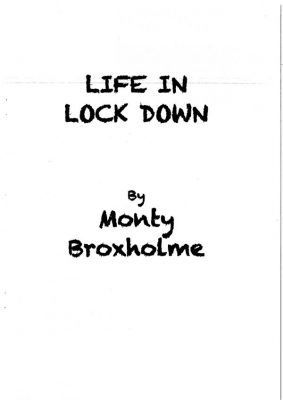 |
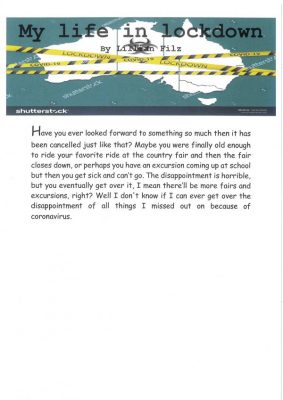 |
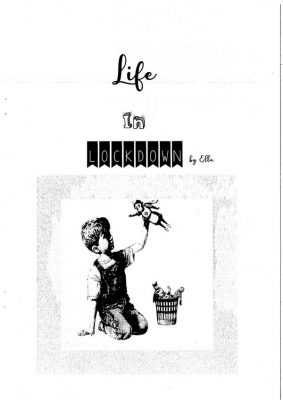 |
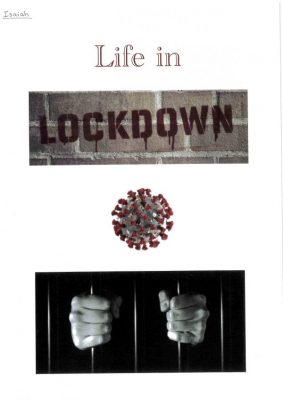 |
| View Monty’s full piece here | View Lillian’s full piece here | View Ella’s full piece here | View Isaiah’s full piece here |

Step 2: Sizzling Starts is fun to teach, easy to learn and will have your students cheering for more!
